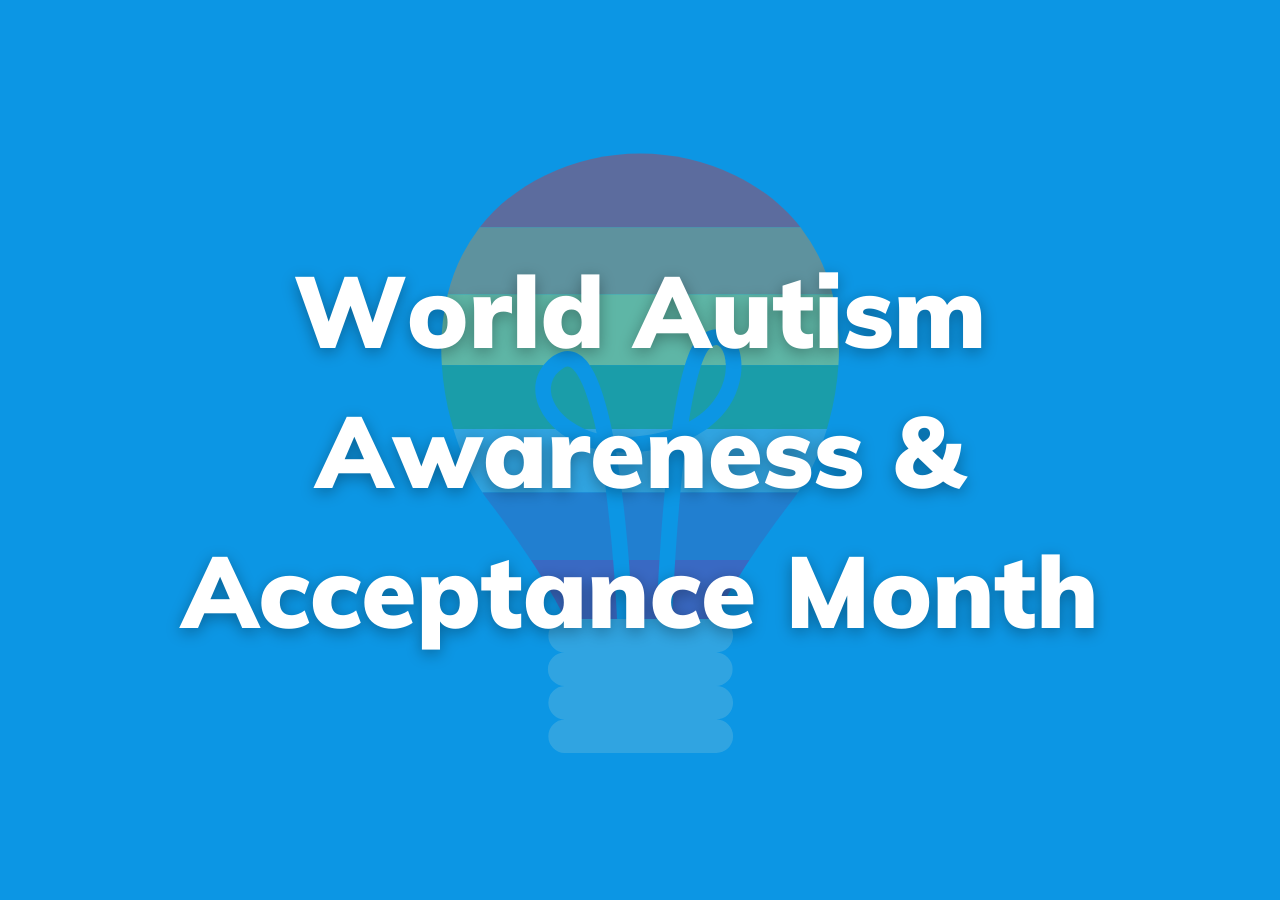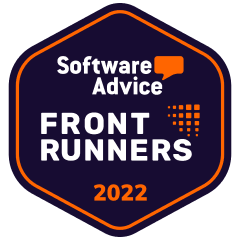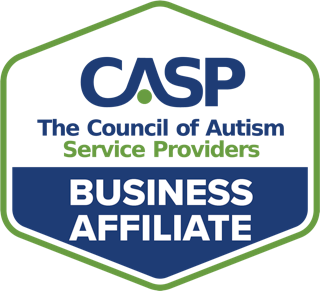April marks the start of Autism Acceptance Month, a 30-day advocacy campaign that aims to increase visibility, raise money, and share information about life as a person with autism. But the campaign didn’t start as an all-encompassing push for “Acceptance.”
Moving From Autism Awareness to Autism Acceptance
Originally, the month grew out of an “Autism Awareness Week” that started in the 1950s. While important to discuss, the program primarily shared information about the then-misunderstood diagnosis and sought a vague “cure.” This framed autism as a medical problem that needed to be solved, instead of a neurodivergent diagnosis affecting many people who live whole and fulfilling lives.
As time passed and people with autism began engaging in self-advocacy, they could express their concerns and alter the previous campaign, moving away from the term “awareness” and other outdated forms of support.
What Makes Autism Acceptance Month Different From Previous Iterations?
The new “Autism Acceptance Month” campaign grew out of the Autistic Self Advocacy Network (ASAN), which was formed in 2006 by a group of people on the spectrum. ASAN sought to share more accurate information about autism and promote fair support systems for people with autism.
It moved away from finding supposed cures or solutions to autism—instead of trying to influence the societal perceptions of the diagnosis to make public spaces more inclusive. This means the ASAN shied away from the stereotypes of the disease, which often only featured extreme or misrepresentative examples.
The new movement still seeks support for those most affected by the diagnosis, but it carved out extra space for people who live day-to-day with the diagnosis to talk about their daily life and how it could be positively impacted by those around them.
That cultural push centered on giving autistic self-advocates the floor in the discussion of the diagnosis. The “awareness” efforts of previous years were mostly conducted by advocates who were not on the spectrum. These people might be well-intentioned, but the self-advocates turned the conversation away from cures to highlighting issues or misconceptions.
ASAN and the change to “acceptance” culminated in a petition that asked the White House to officially recognize April as Autism Acceptance Month. President Obama signed that petition on October 2, 2014, officially recognizing April as Autism Acceptance Month.
In his letter, President Obama wrote, “I hope that during this month we:
- raise awareness about autism spectrum disorders
- show compassion towards those with the disorder
- and support efforts made by families and communities to enhance the lives of all individuals living with autism spectrum disorders.”
The president’s recognition of Autism Acceptance Month is an important step forward for the movement. But it’s still just that—a step forward. There is still a lot of work to do.
Speaking Out For Autism Acceptance
Because of the petition, many organizations and advocates now can promote autism acceptance. And they can leverage the high-profile advocacy month to raise money and share their stories without alienating those in the community that don’t want a ”cure”. Many people with autism take pride in their diagnosis, and with the acceptance month, they can visibly express that pride while helping others in the community who struggle.
Many people with autism take pride in their diagnosis, and with the acceptance month, they can visibly express that pride while helping others in the community who struggle.
RethinkBH Share this
There’s no doubt that there is still work to be done. But this is also an exciting time for self-advocates and their allies because they are taking control of their own message. They are making sure that the public understands what it means to have autism, rather than allowing those people without an autism diagnosis to write the narrative. The movement is growing in size and influence. And it has been achieved with no significant professional support or funding.
The movement has come so far so quickly because self-advocates fought for their own rights. In doing so, they disrupted conventional wisdom about how society should treat autistic people and challenged long-standing assumptions about what is best for them. They are changing how people view the diagnosis, from something that needs to be cured or eradicated to something that is natural and that affects 1 in 36 children in America.
So as Autism Acceptance Month begins this April, consider the history of the movement and its advocates while learning something new about the diagnosis.









